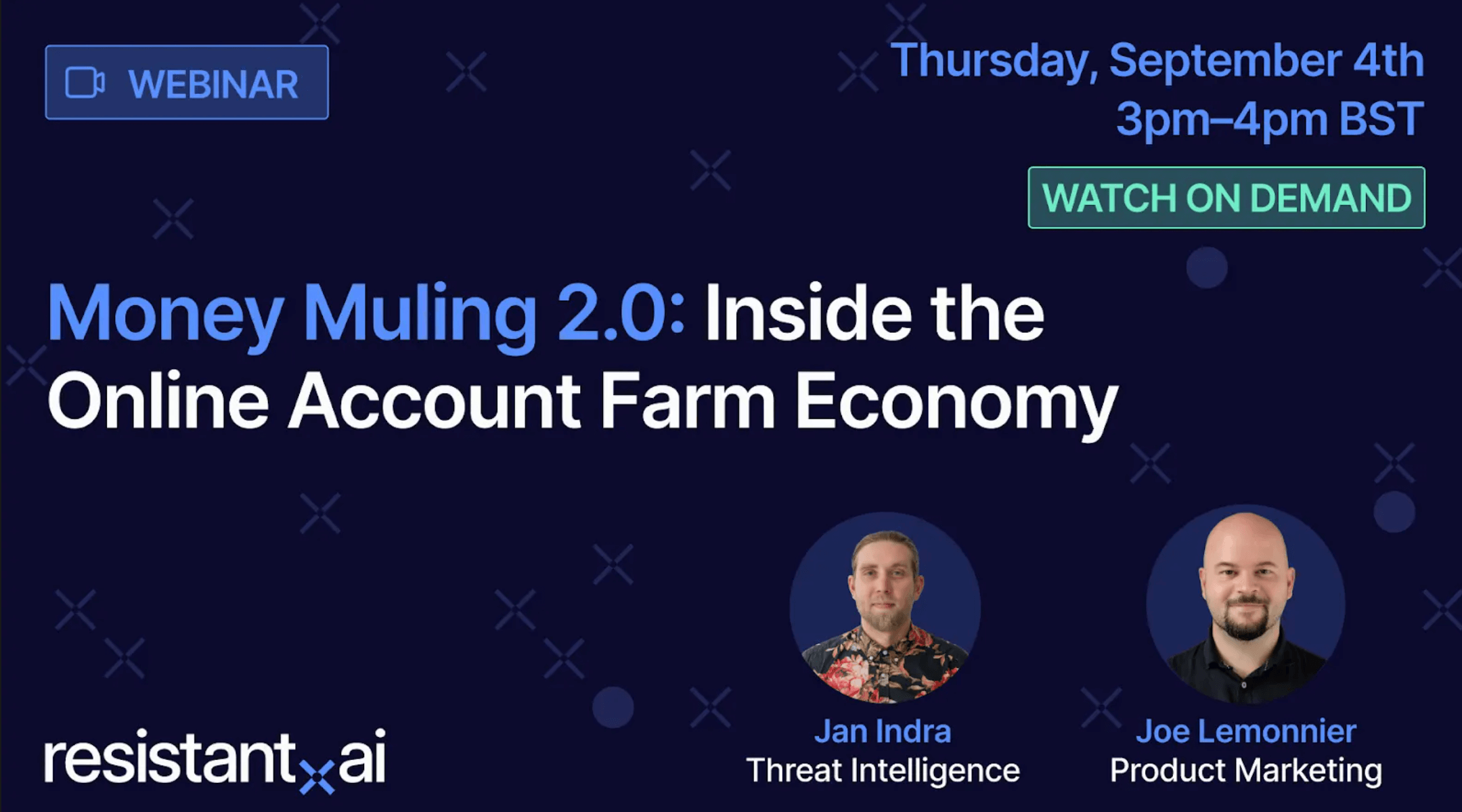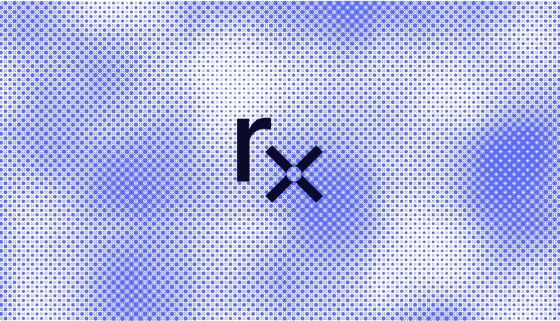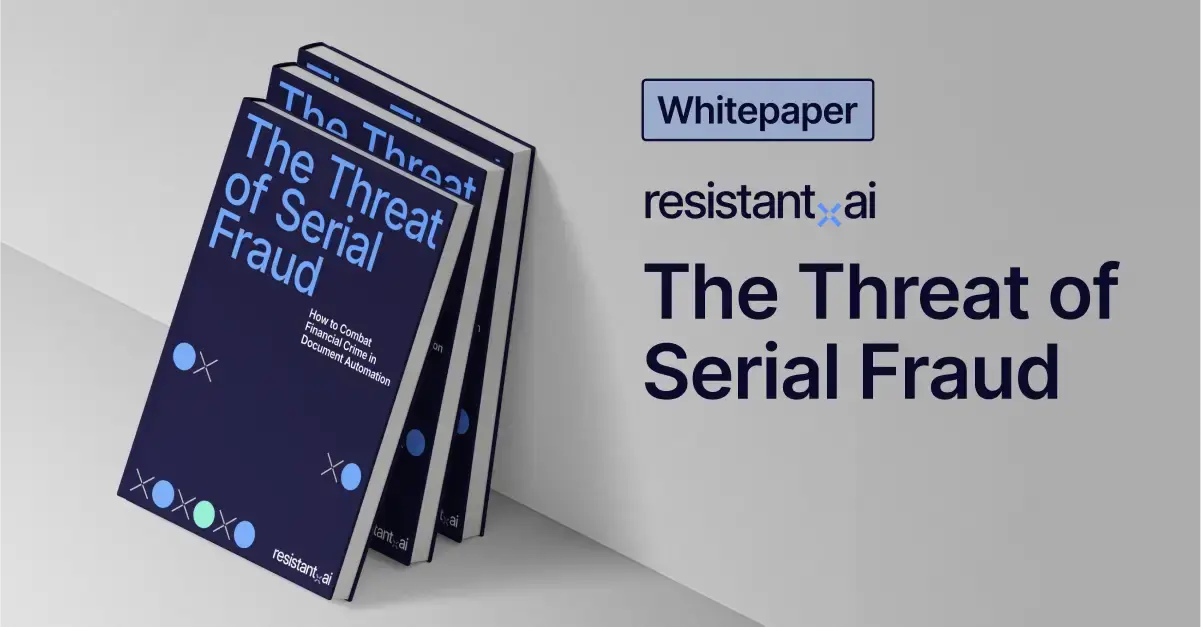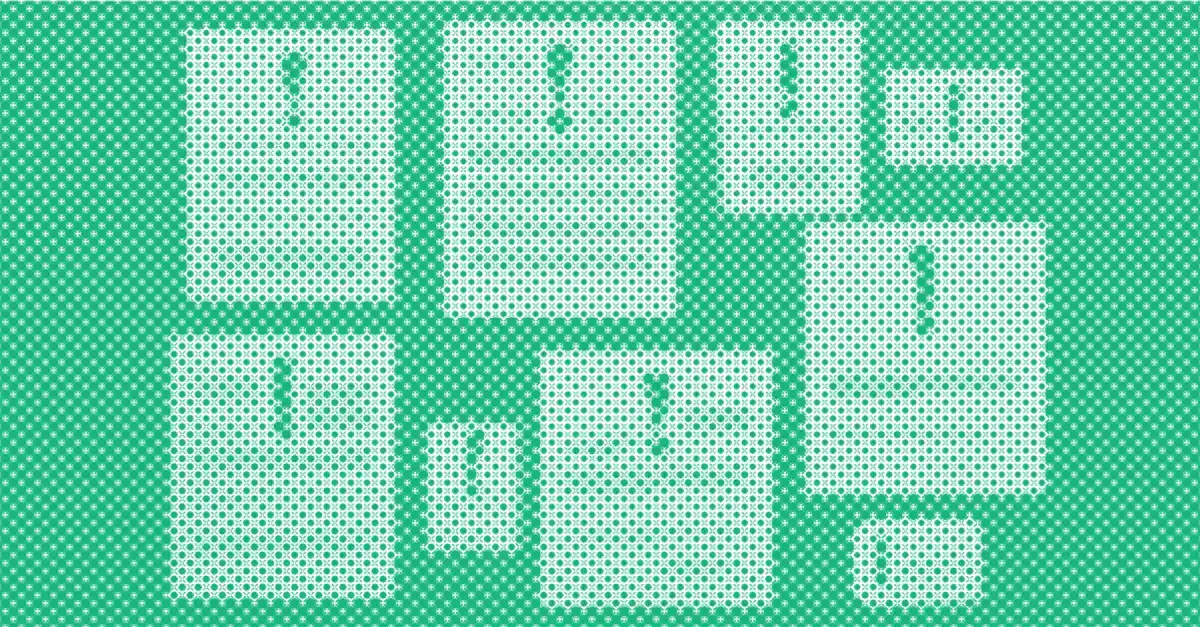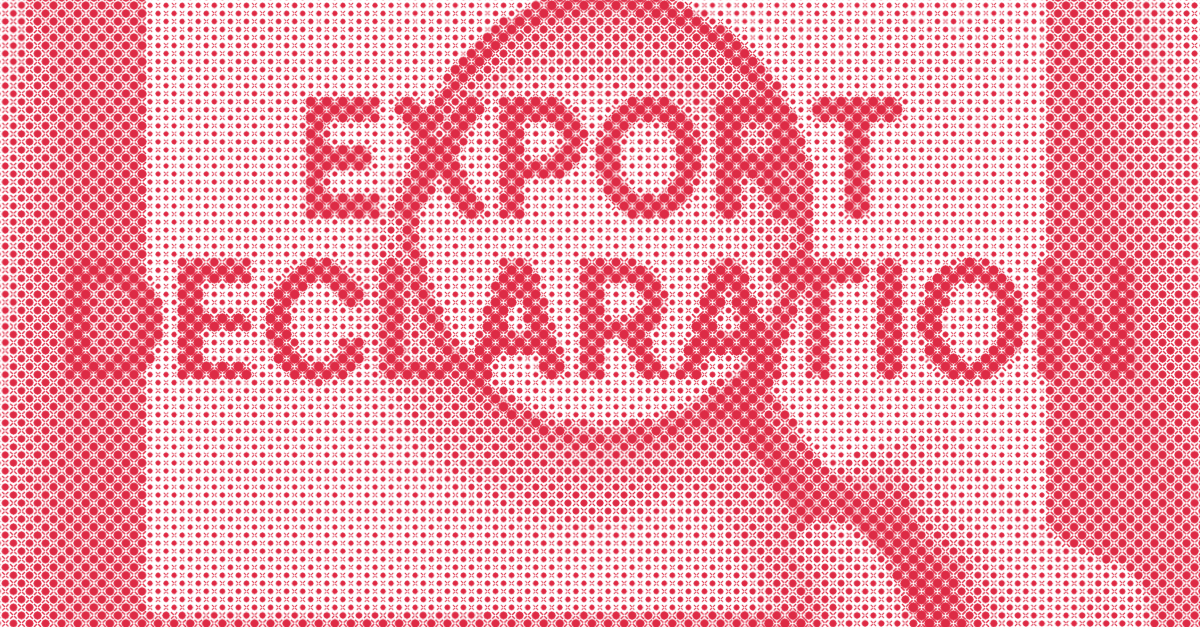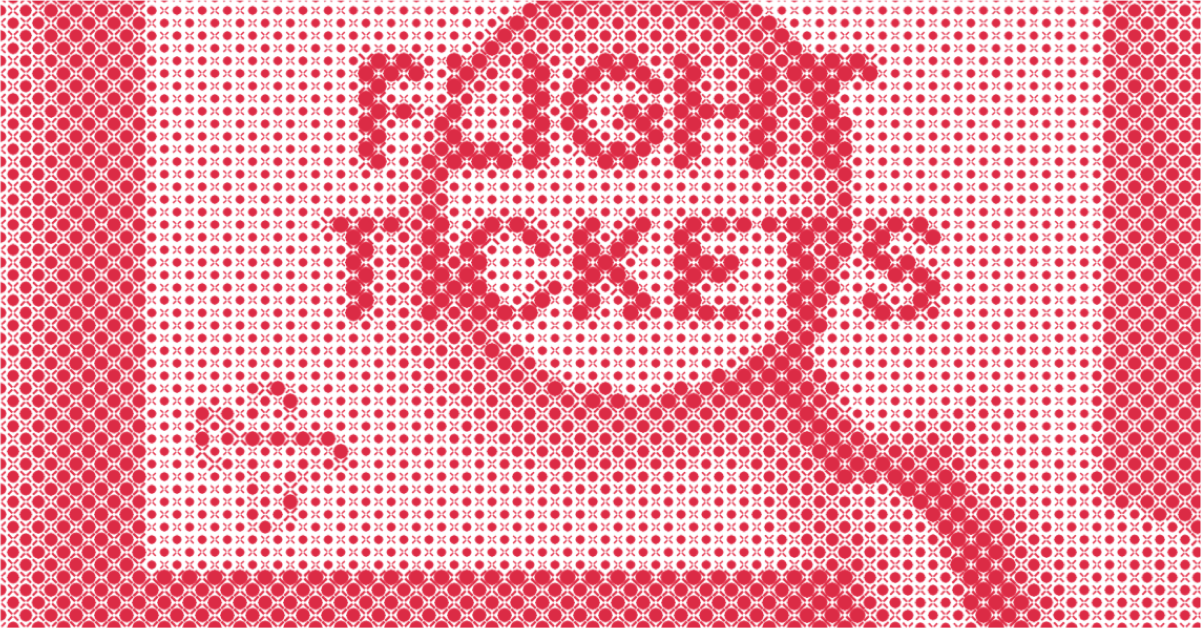It's the combination of techniques used in conjunction with one another in order to flood and overwhelm traditional fraud detection systems that makes serial fraud one of the most significant threats to understand in today's fraud environment.
Modern document fraud risk assessments must therefore call for multiple interlocking and mutually reinforcing layers of fraud detection and prevention, starting with identifying individual examples of forgery or alteration and building up a picture of fraud and abuse patterns across an entire customer base over time.
Conclusion
Taking a broad and combative view on fighting fraud does not rely on luck or intimate familiarity with specific document types.
The only way to effectively counter the individual bad actors and recurrent attempts that have come to characterize document fraud in the digital age is to adopt a document agnostic, AI-powered approach to fraud detection.
Resistant AI’s document forensics technology is built to meet this challenge head-on, analyzing every layer of a submitted document against a constantly updated fraud intelligence database and spotting patterns that humans and rule-based systems miss.
If your organization handles documents in any part of its risk, compliance, or onboarding workflows, scroll down to book a demo today to see how our AI can help you detect fraud before it costs you.
Frequently asked questions (FAQ)
Hungry for more types of document fraud content? Hear are some of the most frequently asked questions about the types of document fraud from around the web.
What is an example of document fraud?
Verto, a cross-border payments platform that faced a surge in fraudulent onboarding attempts, is an excellent example of serial document fraud.
Fraudsters submitted fake bank statements and identity documents (some entirely fabricated, others subtly manipulated) to create illegitimate accounts.
These documents often passed visual inspection but were identified as fraudulent through our AI-based document forensics, which detected reused templates and inconsistencies invisible to the human eye.
Resistant AI helped Verto detect and stop over 800 fraudulent applications in just six months, significantly reducing risk and manual review time.
What are the three levels of fraud?
Conceptually, fraud doesn’t happen in a vacuum — it typically arises when three key conditions are present in an environment.
This framework is known as the Fraud Triangle, established by the Association of Government Accountants (AGA), and it helps organizations understand the root causes of fraudulent behavior.
It consists of the following three levels:
-
Opportunity. The individual sees a chance to commit fraud without getting caught. This could be due to weak oversight, lack of controls, or poorly monitored processes.
-
Pressure (or Incentive). The person feels financial or personal pressure that motivates them to commit fraud. This could stem from debt, unrealistic performance targets, or personal hardship.
-
Rationalization. The individual justifies their fraudulent behavior to themselves — believing it's harmless, deserved, or a temporary solution.
By recognizing and addressing each of these levels, institutions can design systems that reduce opportunity, alleviate undue pressure, and discourage rationalization through training, transparency, and accountability.
What are the two most commonly forged documents?
As a fraud detection company that deals with a variety of different segments from all over the world, we see bank documents and commercial documents (invoices, receipts, purchase orders, etc.) the most... but that doesn't mean they're the most risky.
The "riskiest" documents we encounter are those containing company information and tax details, however risk doesn't always equal fraud or forgery.
It's difficult to put a definitive label on "what documents are more often forged." Different systems collect different volumes of documents, encountering different types of fraud, not to mention unnoticed forgeries and false positives.
Unlike our competitors, we won't try to wow you with an unjustified sexy number or label. Instead, we'll point you to real, definitive, and actionable information.
For example, thanks to our Threat Intelligence Unit, we can tell you which documents have the most readily available fraudulent templates online: bank statements and IDs.
What are the five elements of fraud?
Thanks to the MBM law firm, we have an established criteria for determining whether someone committed fraud in a court of law.
In order to be convicted of fraud, a prosecutor must prove the following:
-
You provided false information as a true fact.
-
You knew the information your provided was false.
-
Your intention was to deceive your victim.
-
The affected party was relying on your statement.
-
They suffered damage as a result of the falsehood.
For affected institutions, you will need to provide evidence of the following five points to effectively and legally reprimand your fraudster.
What are the two types of documents?
Documents generally fall into two categories: digital and non-digital (or physical).
-
Digital documents are files created and stored electronically, such as PDFs, Word documents, or scanned images. They often contain metadata and structural markers that can be analyzed for signs of tampering.
-
Non-digital documents are physical papers, like printed forms, handwritten letters, or official certificates. These can be altered manually and are typically digitized later via scanning or photography.
What is the hardest type of document fraud to detect?
We cover this in depth in our Ultimate Guide to Document Fraud, but here are three of the most challenging types and why they’re so hard to catch:
-
Identity theft and stolen documents. These often involve legitimate documents used by the wrong person, making them especially difficult to flag without secondary verification or behavioral signals.
-
Pre-digital document modification. When a document is printed, altered, and re-scanned, visual clues are erased, making even sophisticated detection systems struggle to differentiate it from a genuine digital original.
-
Template and generative AI fraud. Constantly evolving layouts, backgrounds, and components make this type of fraud highly scalable and hard to detect without access to known fraud templates or broader submission patterns.
What is the difference between document fraud and identity theft?
Document fraud involves creating, altering, or using false documents to deceive, while identity theft is the act of stealing and using someone else’s personal information—often to commit fraud.
The two can overlap (e.g., using a stolen identity with forged documents), but document fraud focuses on the authenticity of the document itself, whereas identity theft centers on the misuse of real personal data.
Who needs to know the different types of document fraud?
Understanding the different types of document fraud is critical for teams and decision-makers responsible for preventing financial crime and maintaining trust in digital processes.
Some of those roles include:
-
Fraud and compliance teams. To identify and mitigate evolving threats across onboarding and transaction workflows.
-
Risk managers. To assess exposure and implement appropriate controls.
-
Product managers in fintech and banking. To build secure onboarding flows and KYC processes.
-
Identity verification providers. To improve detection accuracy and reduce false positives.
-
Law enforcement and regulators. To understand emerging fraud patterns and respond effectively.
-
Business leaders and founders. To protect brand reputation, reduce losses, and stay compliant.
